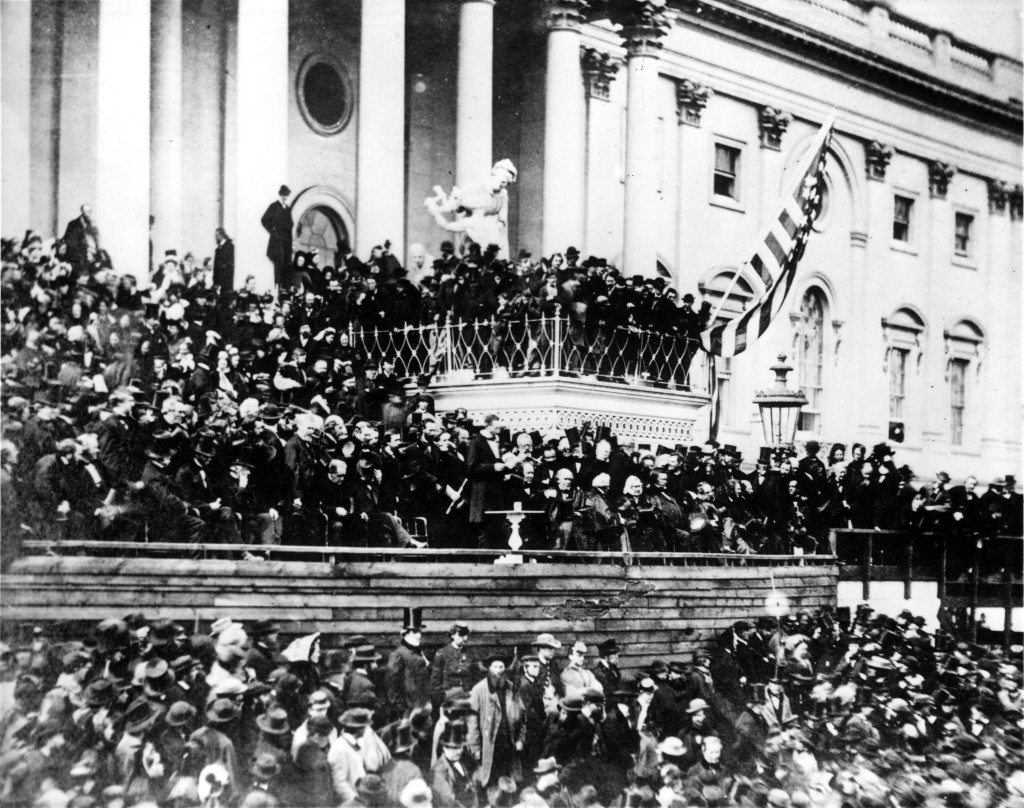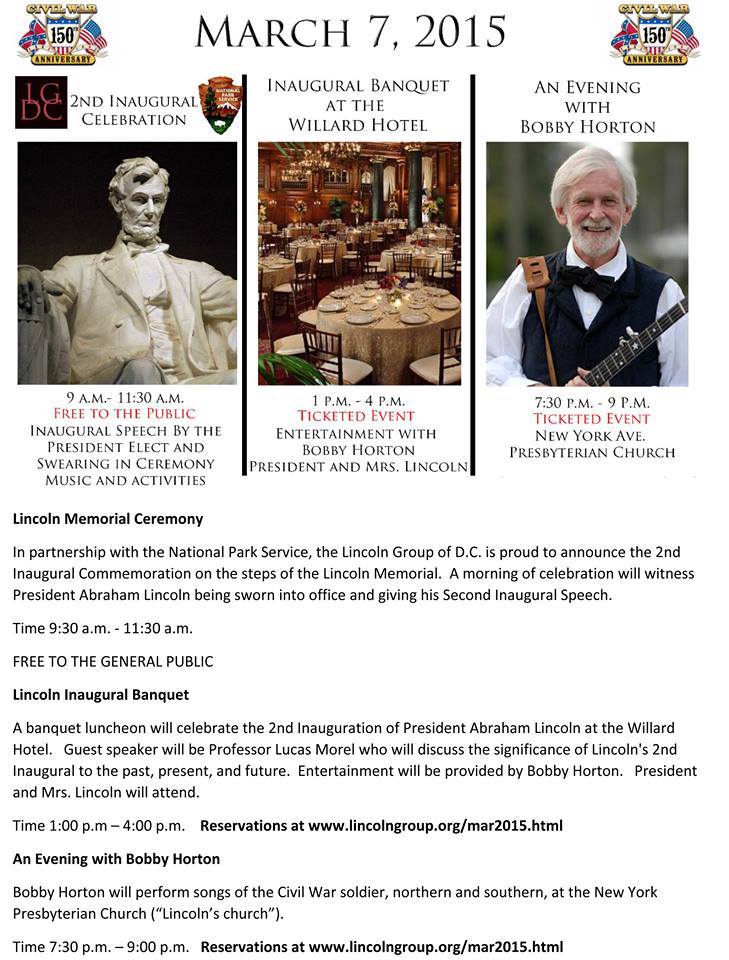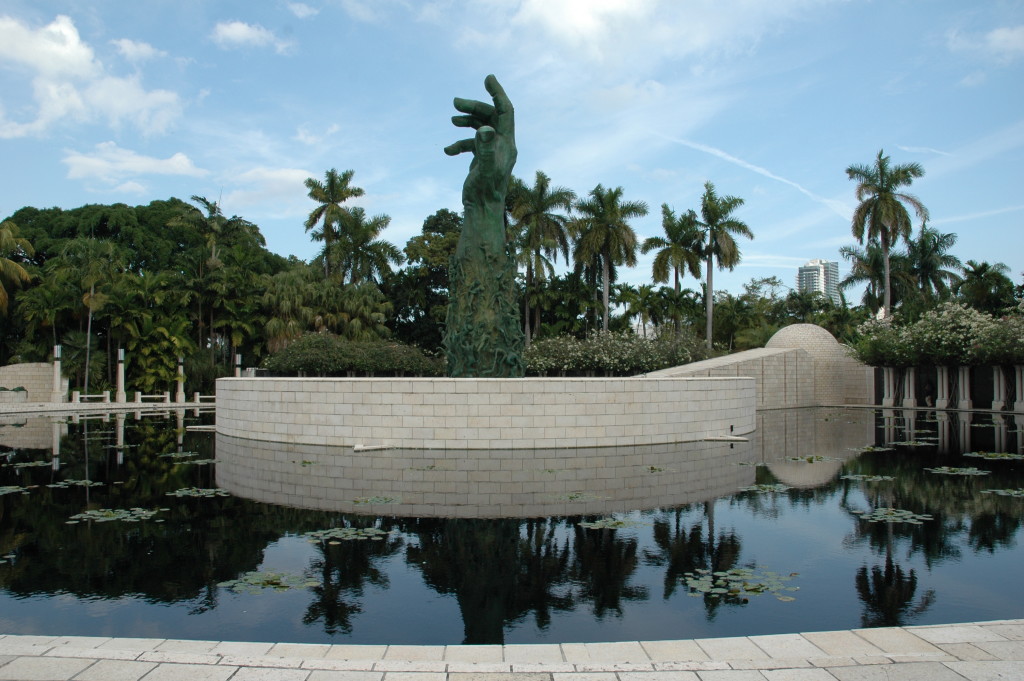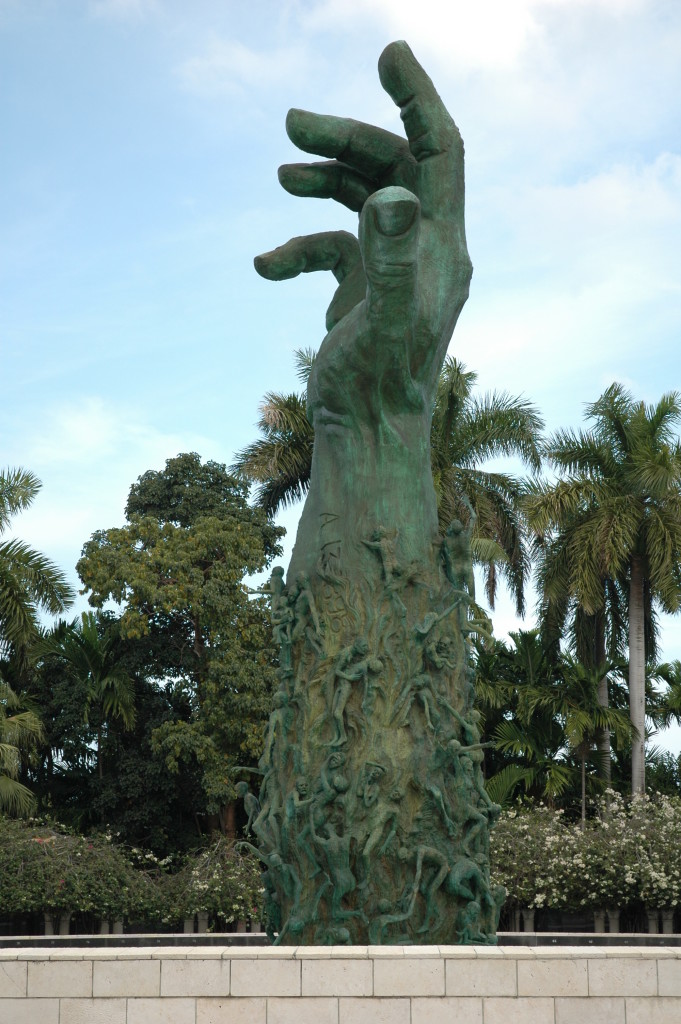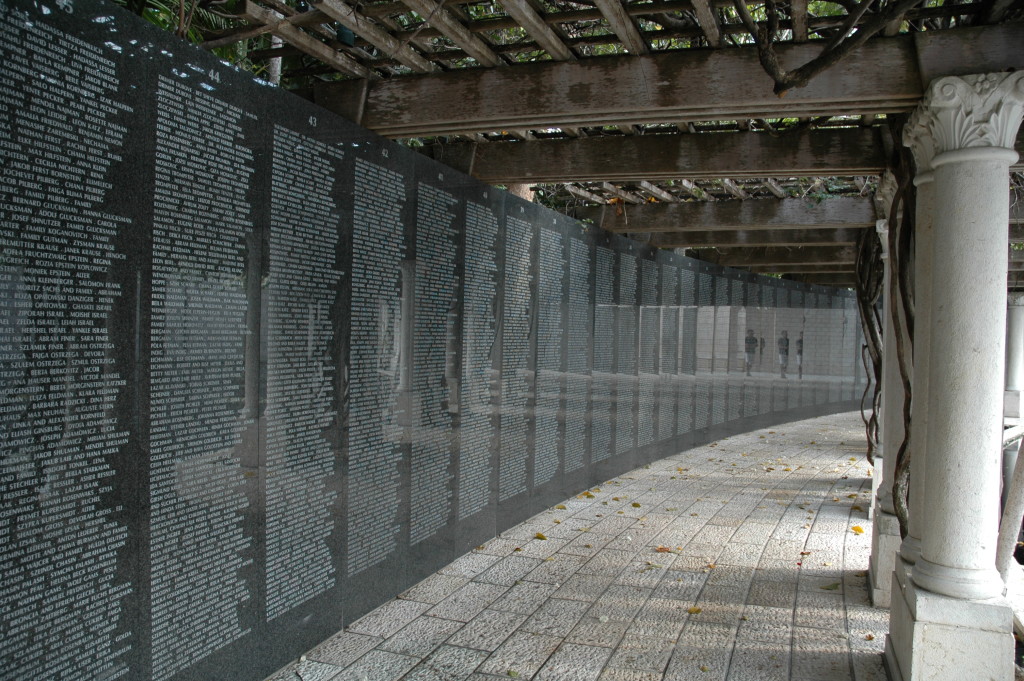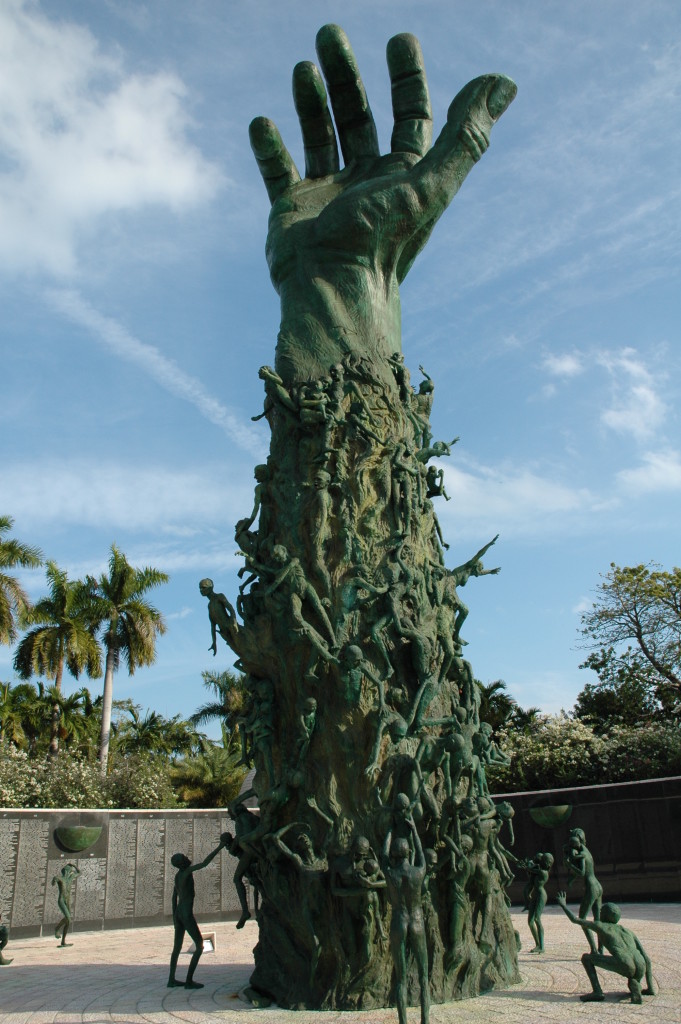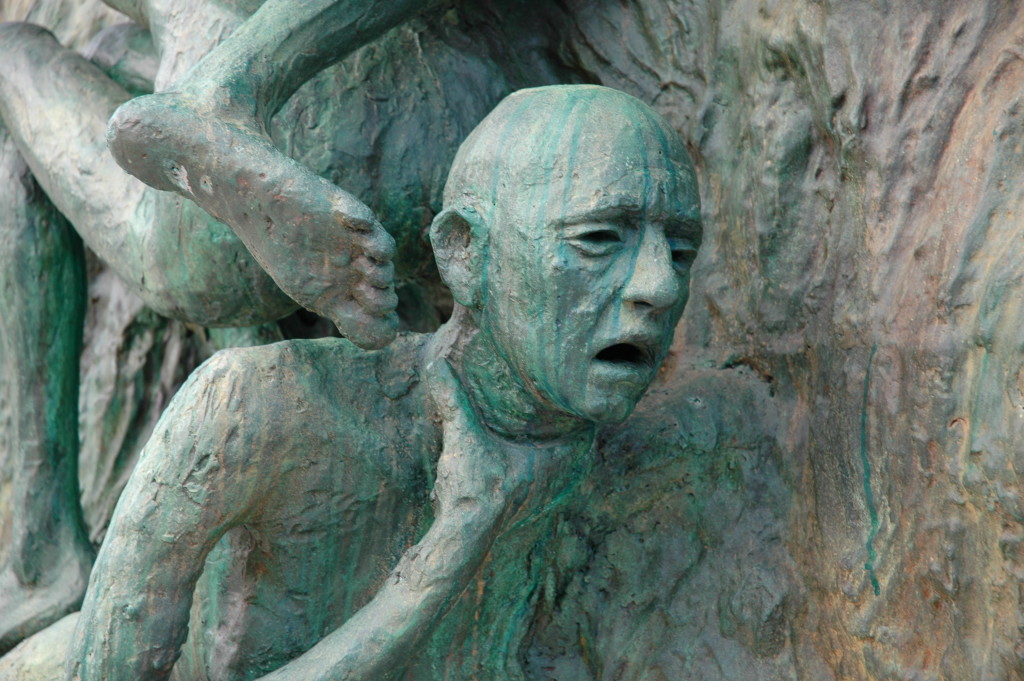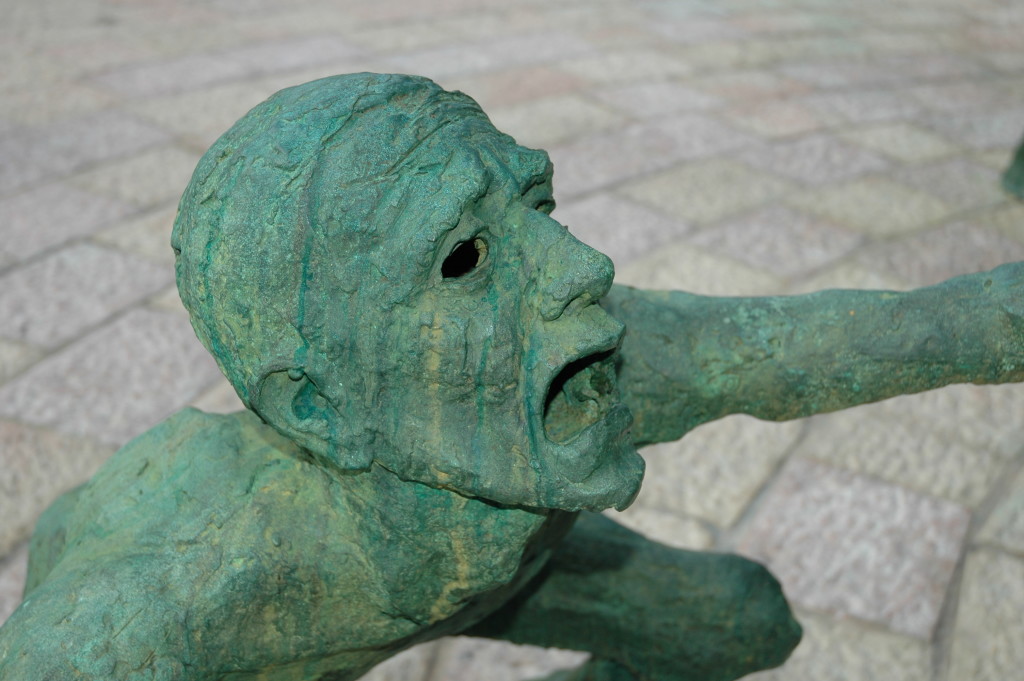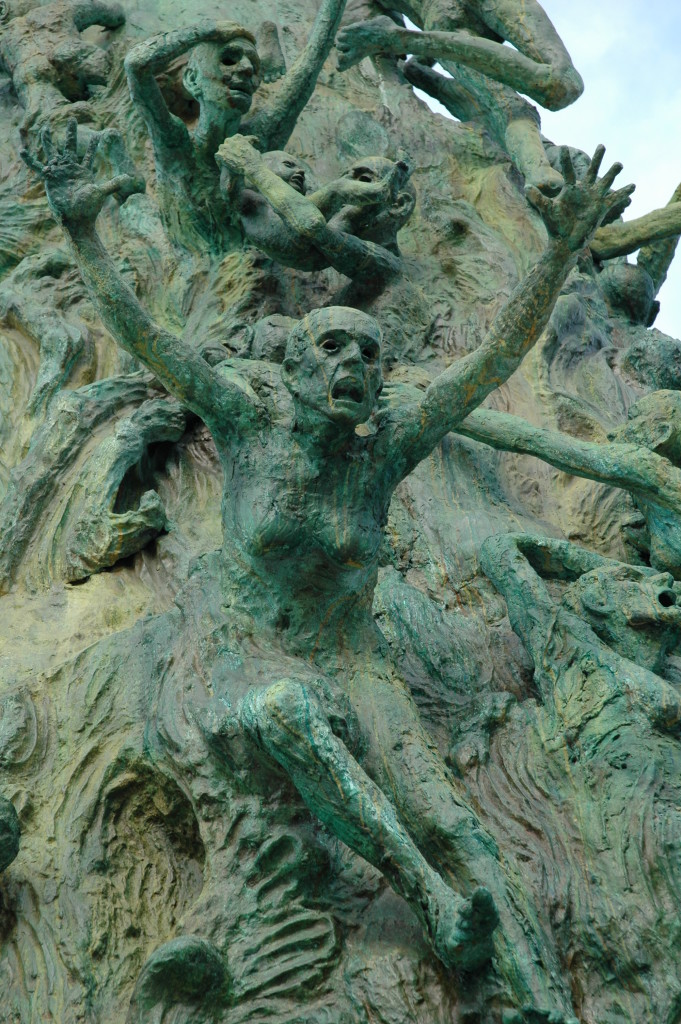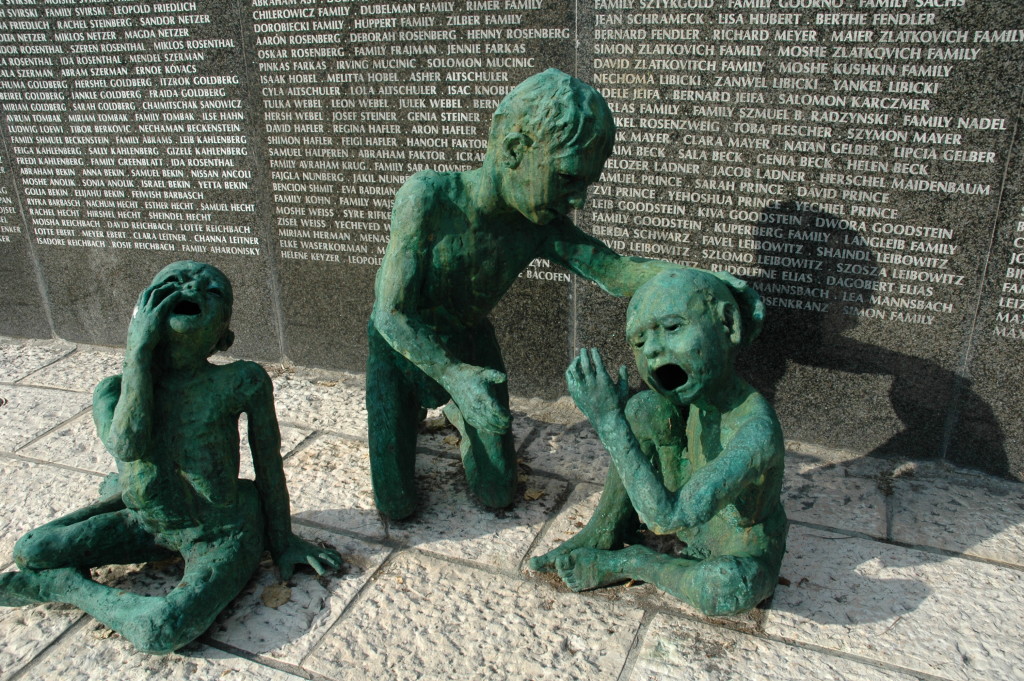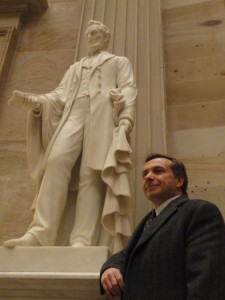 And what a week it was. March 4th marked the 150th anniversary of Abraham Lincoln’s second inauguration and there were several events in Washington DC and elsewhere to commemorate the occasion. And several cool opportunities to hang out with Lincoln scholars, famous actors, and distinguished members of the Supreme Court (not real) and the press (real).
And what a week it was. March 4th marked the 150th anniversary of Abraham Lincoln’s second inauguration and there were several events in Washington DC and elsewhere to commemorate the occasion. And several cool opportunities to hang out with Lincoln scholars, famous actors, and distinguished members of the Supreme Court (not real) and the press (real).
The evening of March 4th brought me to Statuary Hall in the Capitol. Now filled with statues of famous historical figures – two commissioned by each state of the Union – the Hall was actually the House of Representatives during Lincoln’s one and only term as a U.S. Congressman from 1847-1849. Long before anyone in the capital city had heard of him, Lincoln was a back bencher in the House; literally.
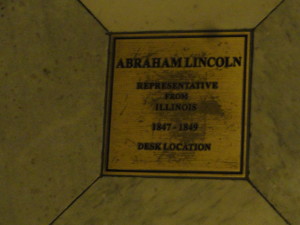
Way in the back of the room is a marker on the floor where Lincoln’s desk once stood. Behind it is a room that once was the post office, and where Lincoln used to hang out between votes to tell stories. The room is now part of current Majority Whip Steve Scalice’s office suite, but I was given a private look by Congressman Rodney L. Davis before he took the podium to speak at the event.
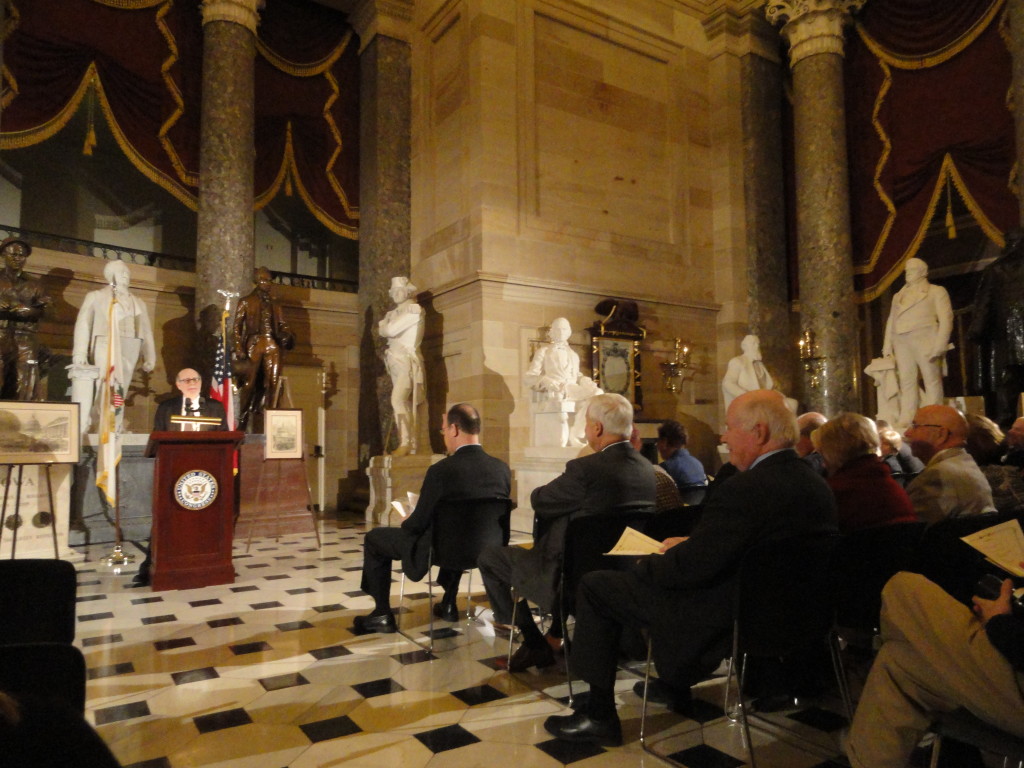
The event itself included remarks by Davis, Congresswoman Cheri Bustos, Senator Mark Kirk, and former Secretary of Transportation and Congressman Ray LaHood, all Illinois natives. Lincoln experts Harold Holzer and Frank Williams gave historical perspectives, as did Howard University Professor Edna Greene Medford channeling Frederick Douglass. Actor Stephen Lang (Avatar, Gettysburg) gave a wonderful reading of the 2nd Inaugural Address.
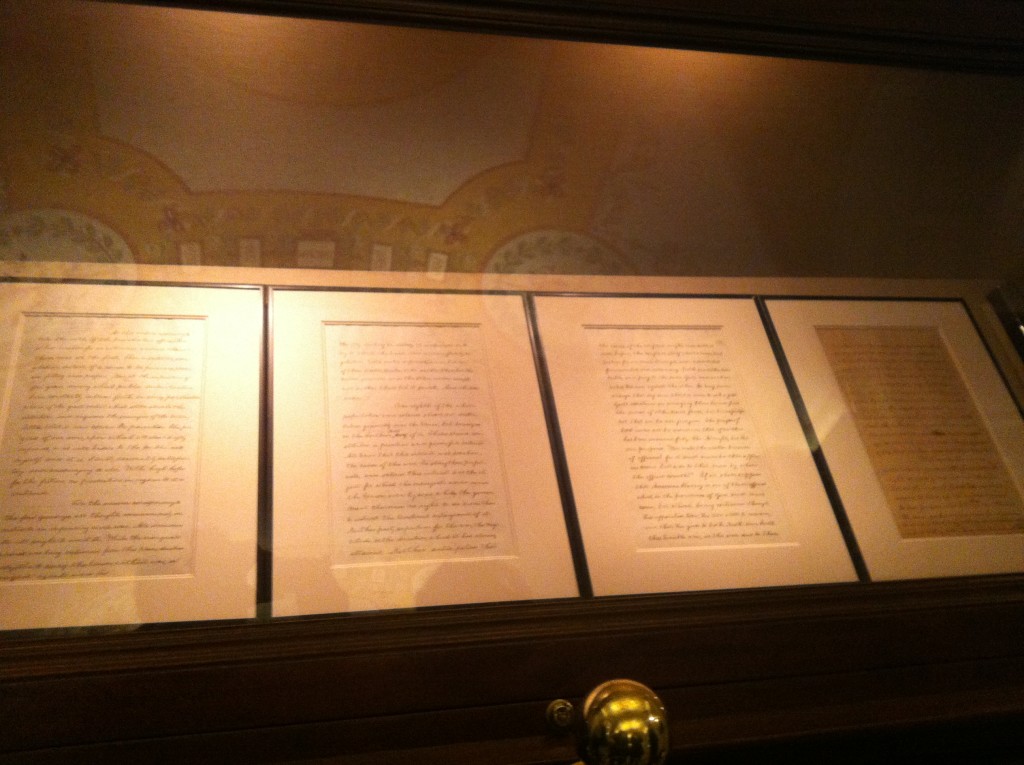
But that was just the beginning. The Library of Congress, directly across the street from the Capitol, had a once in a life-time display of the entire 2nd Inaugural Address handwritten by Abraham Lincoln (long before there were speechwriters and teleprompters). Normally they only bring out the last page for public viewing, but as you can see in the photo, exposure to light has yellowed the page. So seeing the entire document on display is treat (it was on display for only four days and is now back in the vault). Also shown was the typeset copy he read from on that occasion. Even more of a treat, Library of Congress Lincoln and Civil War expert Michelle Krowl was on hand to explain the background.
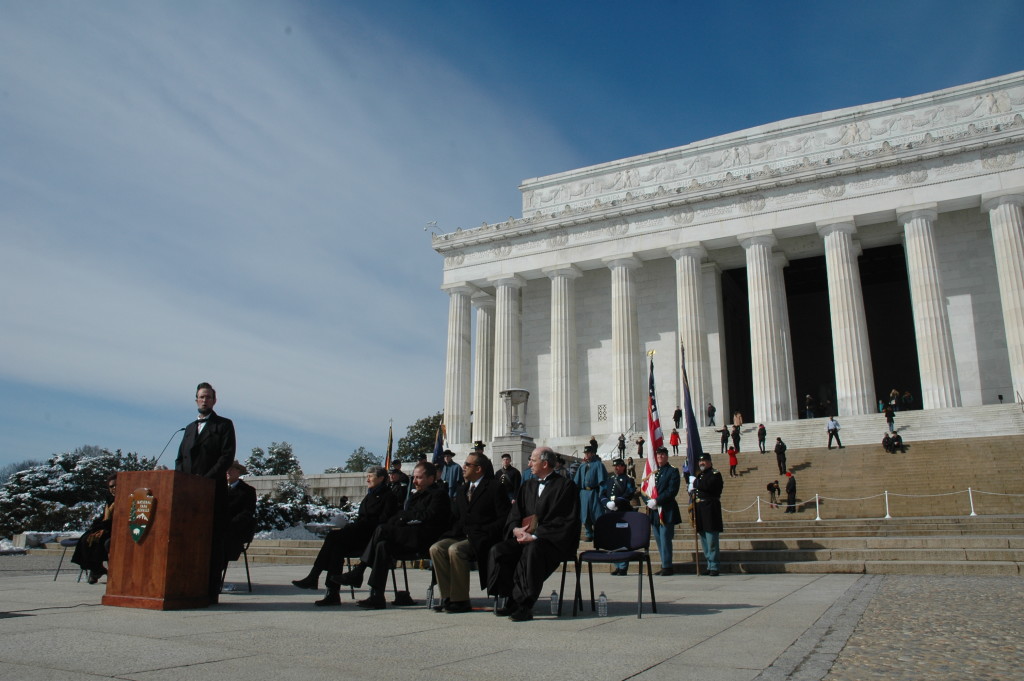
Last, but certainly not least, was the Lincoln Group of DC’s very own 2nd Inaugural events, beginning Saturday morning, March 7th, on the steps of the Lincoln Memorial. On hand were Secretary of the Interior Sally Jewell, Meet the Press moderator Chuck Todd, Dr. Lucas Morel of Washington and Lee University, the aforementioned Dr. Edna Greene Medford of Howard University, musical entertainment by Bobby Horton and the Children of Gospel Choir, Lincoln Group of DC President Karen Needles, Chief Justice Salmon P. Chase (splendidly played by Lincoln Group VP John O’Brien), and of course, Mr. and Mrs. Abraham Lincoln (Michael Krebs and Debra Ann Miller).
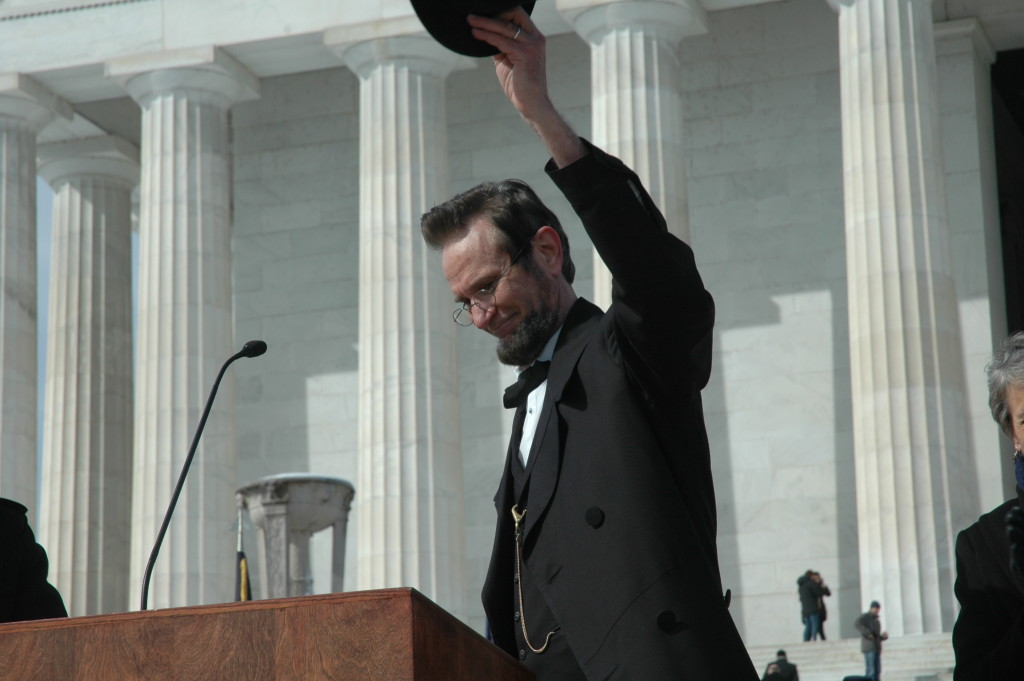
I’ll have more on the 2nd Inaugural events later, but the morning went off perfectly with bright sunshine and tons of civilian guests invited to hear Abraham Lincoln take the oath of office. And here’s something that couldn’t have happened 150 years ago – Abraham Lincoln took selfies with hundreds of people on the steps of the Memorial after the event!
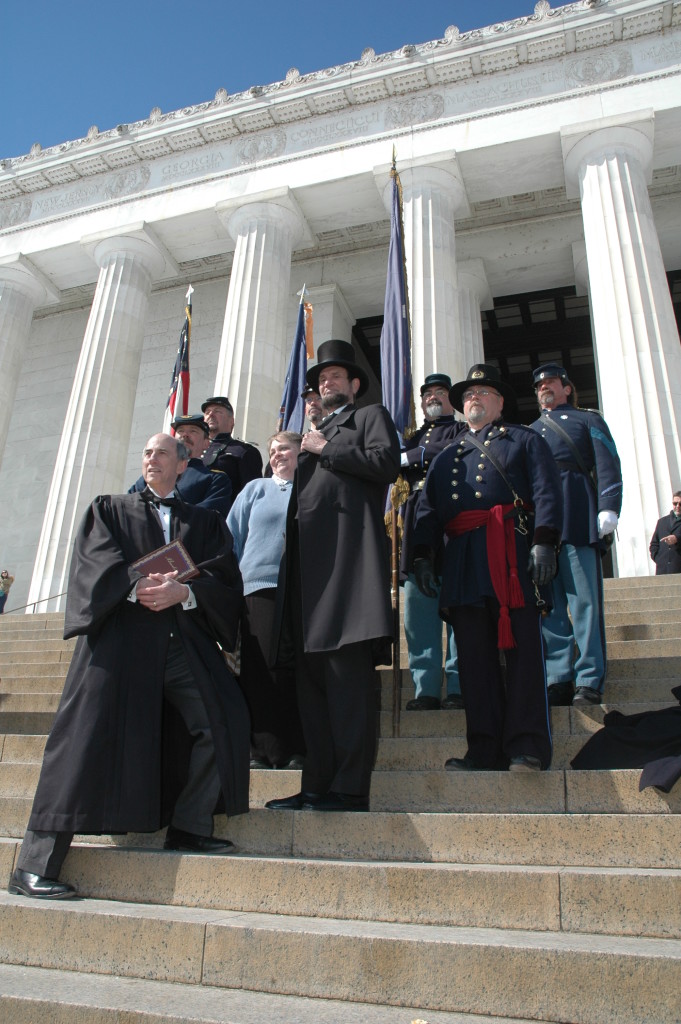
If you couldn’t be with us, you’re in luck – CSPAN broadcast the event live but you can watch the entire ceremony here:
CSPAN Lincoln’s 2nd Inaugural
After the swearing in we retired to the historic Willard Hotel, where Lincoln stayed upon his arrival in Washington prior to moving into the “big White House.” Following a delicious luncheon, Drs. Morel and Medford provided a few additional words and Bobby Horton sung for us some of Lincoln’s favorite tunes (including “Dixie,” which the North had duly won back from the South). The day was capped with an evening concert by Horton at the New York Avenue Presbyterian Church (“Lincoln’s Church”).
Check out the new Lincoln Group of DC web page for more information on upcoming events (and there are many)!
David J. Kent is an avid science traveler and the author of Lincoln: The Man Who Saved America. His previous books include Tesla: The Wizard of Electricity and Edison: The Inventor of the Modern World and two specialty e-books: Nikola Tesla: Renewable Energy Ahead of Its Time and Abraham Lincoln and Nikola Tesla: Connected by Fate.
Follow me for updates on my Facebook author page and Goodreads.
Like this:
Like Loading...
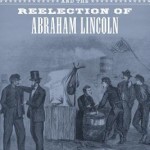 This book is an exceptional work of scholarship. Author Jonathan W. White explores in depth an area of the Civil War largely overlooked, or worse, taken for granted – the soldier vote in 1864. Unafraid to challenge the conventional wisdom, White painstakingly digs into the records to determine exactly how the soldier vote was influenced by various factors, political and otherwise.
This book is an exceptional work of scholarship. Author Jonathan W. White explores in depth an area of the Civil War largely overlooked, or worse, taken for granted – the soldier vote in 1864. Unafraid to challenge the conventional wisdom, White painstakingly digs into the records to determine exactly how the soldier vote was influenced by various factors, political and otherwise.


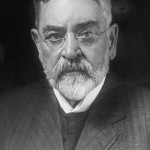 Yes, you read that right; a Booth saved a Lincoln’s life. In my e-book, Abraham Lincoln and Nikola Tesla: Connected by Fate, I’ve been amazed at how many interesting connections there are between the two men. There are two that relate Tesla to Lincoln through Robert Todd Lincoln.
Yes, you read that right; a Booth saved a Lincoln’s life. In my e-book, Abraham Lincoln and Nikola Tesla: Connected by Fate, I’ve been amazed at how many interesting connections there are between the two men. There are two that relate Tesla to Lincoln through Robert Todd Lincoln.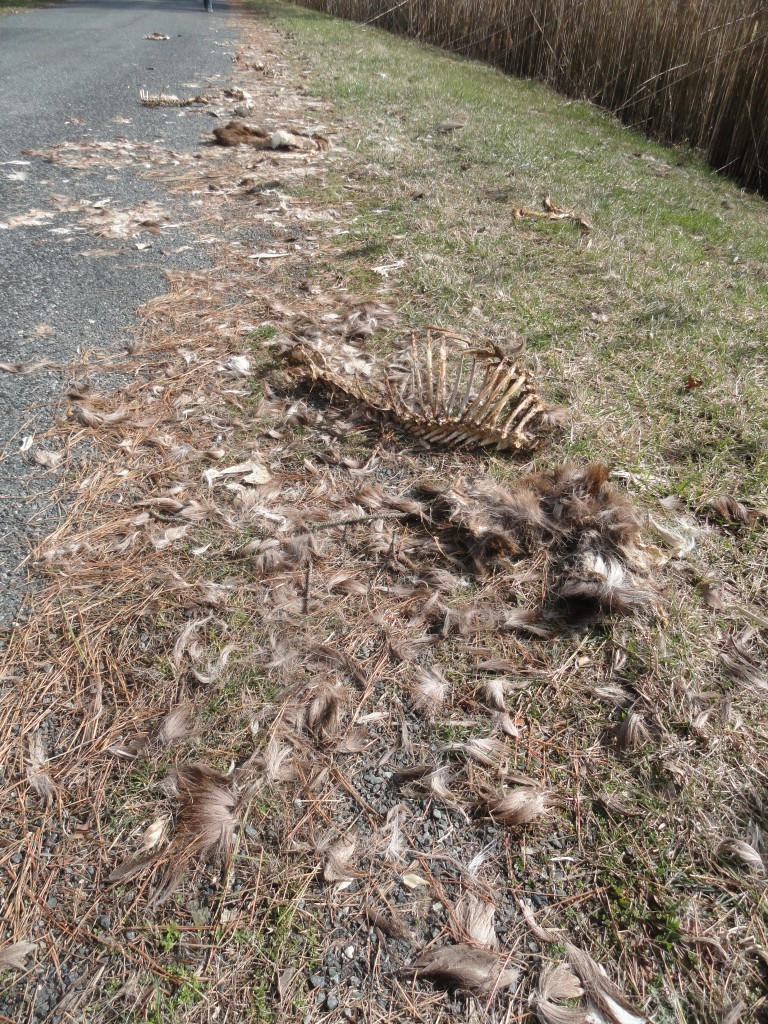
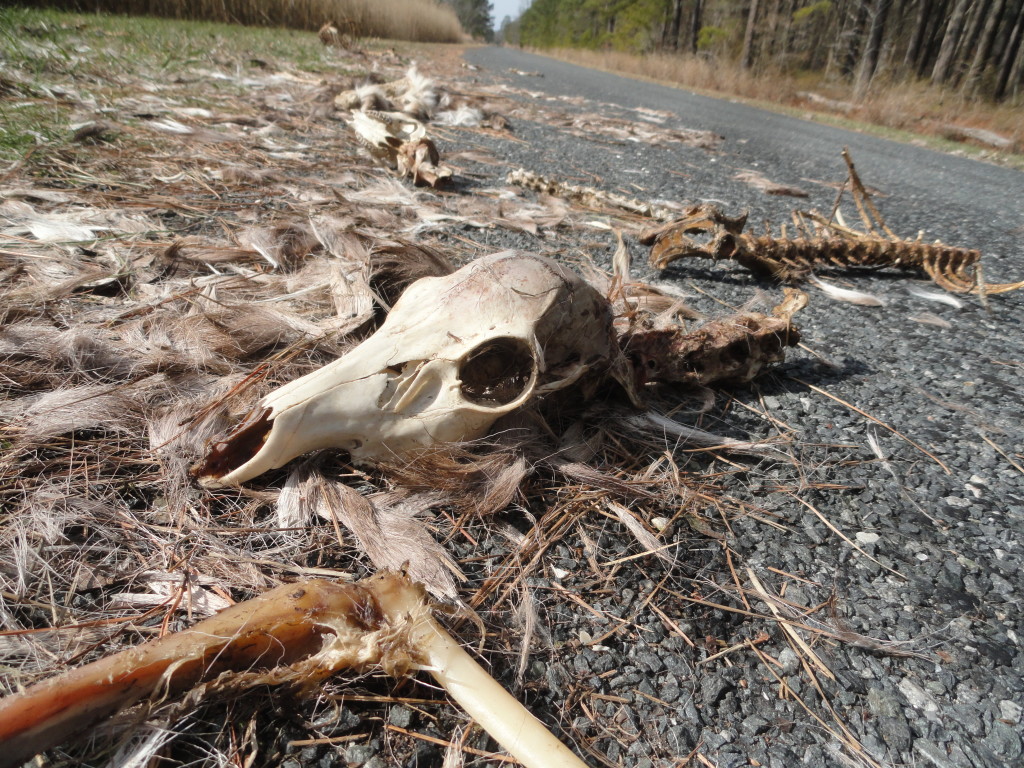
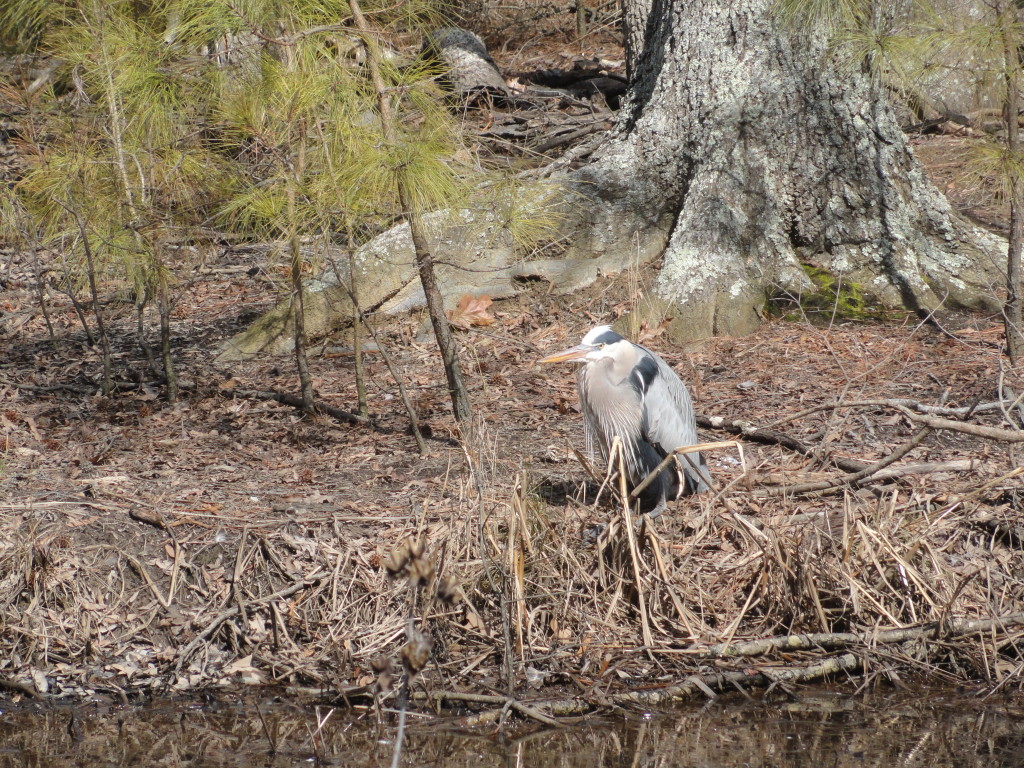
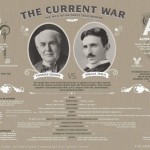 Current writing projects are headlined by my forthcoming book on
Current writing projects are headlined by my forthcoming book on 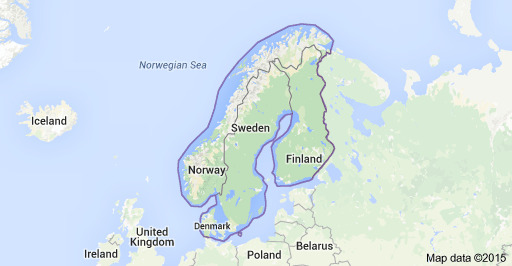
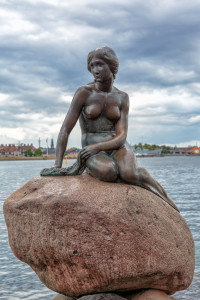
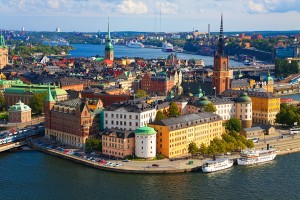
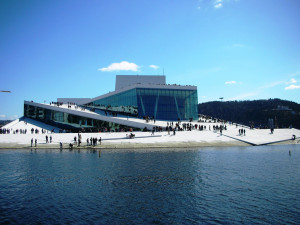
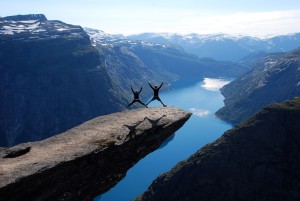
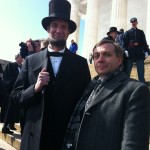 Here on Science Traveler the focus was on Abraham Lincoln, with several events commemorating his 2nd Inauguration and one of the finest speeches ever delivered.
Here on Science Traveler the focus was on Abraham Lincoln, with several events commemorating his 2nd Inauguration and one of the finest speeches ever delivered. 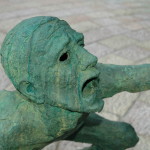 That wasn’t all Science Traveler was about. I also posted a photo retrospective of the
That wasn’t all Science Traveler was about. I also posted a photo retrospective of the 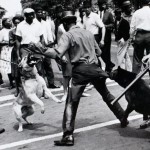 On Hot White Snow I took a look at how we’ve moved
On Hot White Snow I took a look at how we’ve moved 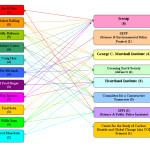 The Dake Page posted a series of climate change-related pieces since the last update.
The Dake Page posted a series of climate change-related pieces since the last update.  And what a week it was. March 4th marked the 150th anniversary of Abraham Lincoln’s second inauguration and there were several events in Washington DC and elsewhere to commemorate the occasion. And several cool opportunities to hang out with Lincoln scholars, famous actors, and distinguished members of the Supreme Court (not real) and the press (real).
And what a week it was. March 4th marked the 150th anniversary of Abraham Lincoln’s second inauguration and there were several events in Washington DC and elsewhere to commemorate the occasion. And several cool opportunities to hang out with Lincoln scholars, famous actors, and distinguished members of the Supreme Court (not real) and the press (real).





